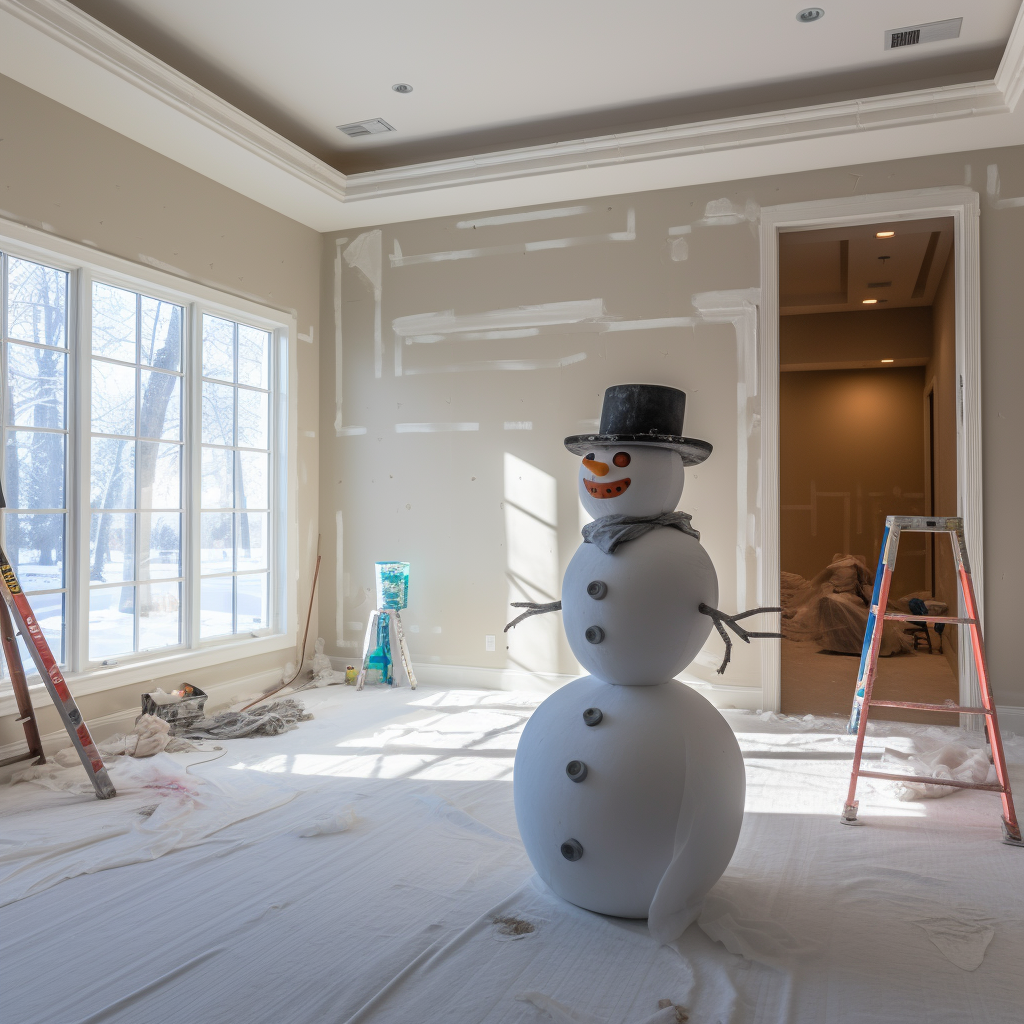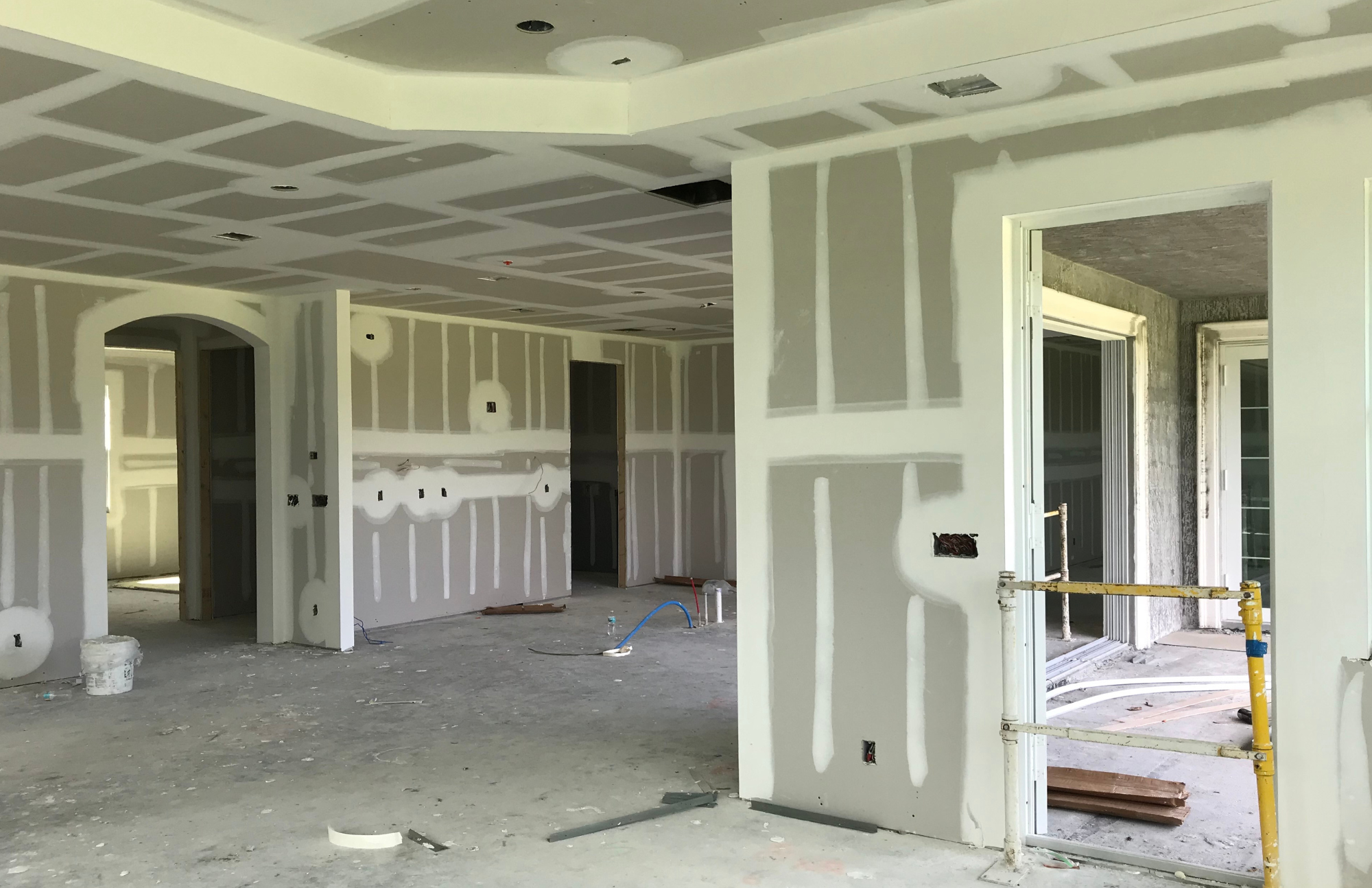Choosing the Right Thickness: A Closer Look at 1/2" Drywall
Find out the key differences between 1/2" drywall and 5/8" drywall and understand their specific uses in construction projects.
Understanding the Basics of Drywall
Drywall, also known as gypsum board or plasterboard, is a popular material used in construction projects for creating interior walls and ceilings. It is made from a mixture of gypsum, water, and additives, which are formed into sheets and then dried.
The thickness of drywall plays a crucial role in determining its strength, durability, and soundproofing capabilities. Two common thicknesses used in construction are 1/2" and 5/8". Let's explore the key differences between them and their specific applications.
Exploring the Key Differences between 1/2" and 5/8" Drywall
The main difference between 1/2" and 5/8" drywall is their thickness. 1/2" drywall is thinner and lighter compared to 5/8" drywall. While both types can be used for walls and ceilings, 5/8" drywall offers greater fire resistance and soundproofing properties.
5/8" drywall is commonly used in areas where fire protection is required, such as garages, utility rooms, and shared walls between units in multi-family buildings. It provides an extra layer of protection and can delay the spread of fire. Additionally, its increased thickness helps reduce sound transmission, making it ideal for bedrooms, media rooms, and other areas where noise control is important.
On the other hand, 1/2" drywall is often used in areas where fire resistance and soundproofing are not major concerns. It is suitable for most residential applications, including interior walls and ceilings in bedrooms, living rooms, and hallways. Its thinner profile also makes it easier to handle and install, which can be beneficial for DIY projects.
Applications of 1/2" Drywall
1/2" drywall is commonly used in residential construction projects for creating interior walls and ceilings. It is suitable for most non-fire-rated applications where soundproofing is not a significant concern.
Some common applications of 1/2" drywall include:
- Creating partitions between rooms
- Finishing basement walls
- Covering studs in framed walls
- Repairing or patching existing walls
Its thinner profile and lighter weight make it easier to handle and install, making it a popular choice for DIY enthusiasts.
Applications of 5/8" Drywall
5/8" drywall is commonly used in areas where fire resistance and soundproofing properties are required. It provides enhanced protection against the spread of fire and offers better sound insulation compared to 1/2" drywall.
Some common applications of 5/8" drywall include:
- Garages and utility rooms
- Shared walls between units in multi-family buildings
- Commercial buildings
- Bedrooms, media rooms, and home theaters
Its increased thickness helps reduce sound transmission, making it ideal for areas where noise control is important. Additionally, it provides an extra layer of fire protection, which is crucial in specific building codes and regulations.
Conclusion
In conclusion, the choice between 1/2" and 5/8" drywall depends on the specific requirements of your construction project. While 1/2" drywall is suitable for most residential applications where fire resistance and soundproofing are not major concerns, 5/8" drywall offers enhanced fire protection and better sound insulation properties.
Consider the intended use of the space, building codes and regulations, and your budget when deciding which thickness of drywall to use. Consulting with a professional contractor or architect can also help you make an informed decision based on your specific needs and requirements.
We are available for your Drywall and Painting Needs - http://www.lakedrywall.com
Charlotte and Surrounding Counties, Western Carolina - Asheville, Greensboro, Winston Salem


.png)

